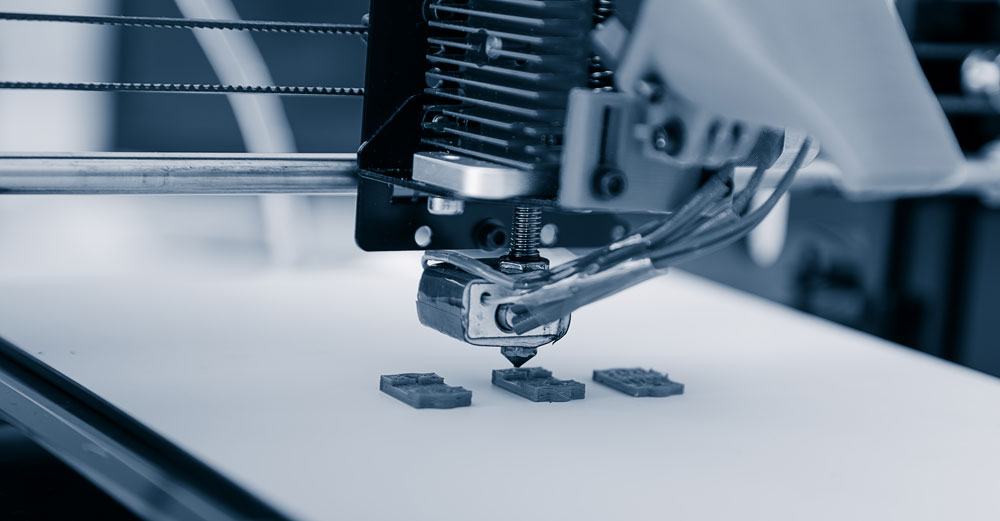News - 05.21.2019
Frontlines of Adopting Additive Manufacturing
The challenges presented by 3-D printing in SMT

 Pete Anniss
Pete Anniss
Over the course of a few years, additive manufacturing (AM) has emerged as a catalyst in reshaping product development and, perhaps, the manufacturing business model itself. The technology has progressed an enormous amount over the last five or so years, and there are many opportunities that present themselves within the additive manufacturing, 3-D printing world.
We have seen companies of late, such as Dell Technologies and BMW, announcing investments of large amounts of capital into the development of on-demand manufacturing.
Remarkable progress, however, also inspires a set of very real challenges that could serve to impede wider adoption of AM. With many companies investing heavily into this technology, I recently visited an AM trade show and technical conference to determine the threat of this technology to Datum’s current business.
I walked away with a positive takeaway: as Datum is currently embedded within the SMT supply chain for stencils, I see the threat from 3-D printing being very low in this area.
Other industries are more prepared for an additive manufacturing revolution. The automotive world is one of those. I see the possibility for 3-D manufacturing to add tremendous value here. Take the following example: imagine that a team wants to create a new design for an engine part. To do this, they would need to create the part and fit it into an engine in order to test. This process takes time and money, meaning you should be pretty positive that the part will work before you even create it. In summary, you want to test that a part will work but be pretty positive that it will before testing it. This creates a loop that isn’t always successful or profitable.
In the 3-D printing world, you would be able to test your theory for the new part by designing, drawing out the idea and then pressing Control-P. It’s cheaper, quicker, and always ready for iteration. This is obviously an idealistic viewpoint, but it paints a picture of the possibilities of additive manufacturing.
Now, this application seems like it could apply across multiple industries and not just automotive. After all, other industries are constantly innovating and improving on parts and services. Still, I see the current threat within the SMT industry as low. There are two reasons for that: accuracy and tolerance.
The 3-D printing technology that I have seen has a minimum layer thickness of 50-80 microns, and a low tolerance level on the overall dimension of what is achieved. Within the surface mount technology industry and stencil world, we provide material with thicknesses all the way down to 20 microns. From there, incremental thickness is in 10 micron jumps – 100 microns, 110 microns, 120 microns and so on.
On top of that, the thickness tolerance that Datum provides it +/- 2%. That’s the industry low. The dimensional tolerances that stencil houses provide within the apertures they cut is down to microns. Currently, this is smaller than the particle sizes that 3-D printing deposits.
Looking into the future, even the very near future, it’s clear that additive manufacturing has huge value within certain industries. There still lies opportunity in additive, and subsequent subtractive, manufacturing to improve tolerances and accuracy. This will create efficient production lines that will get goods to market quicker than at present. While this opportunity could be lying right around the corner, I do not see this as a threat to business as usual in the SMT stencil world at the moment. That said, I am not aware of everything happening in the additive manufacturing sector and the next technology to be developed could surprise us all.